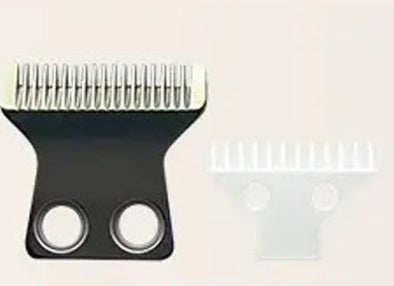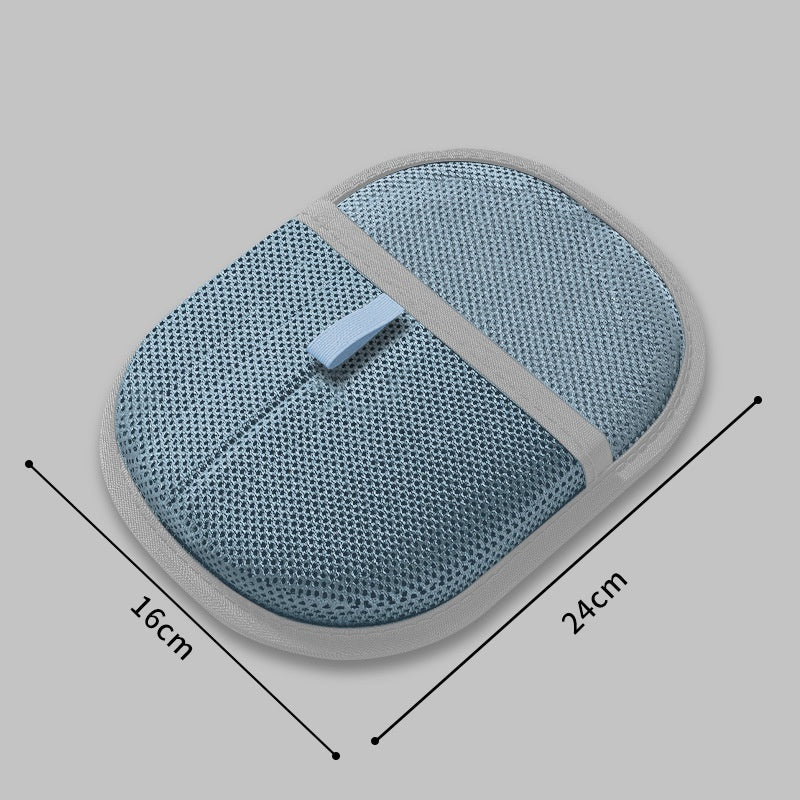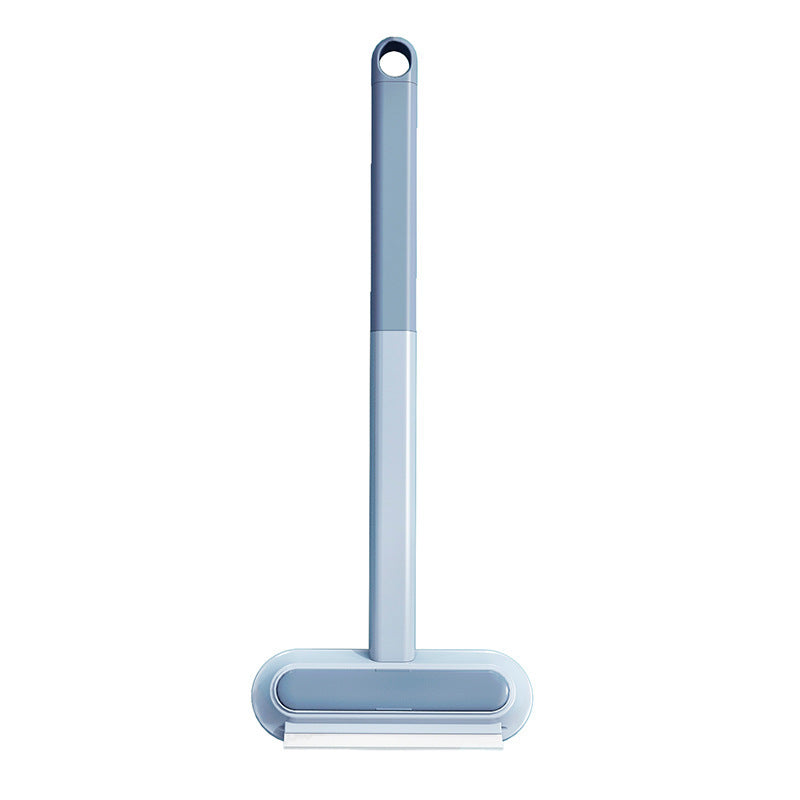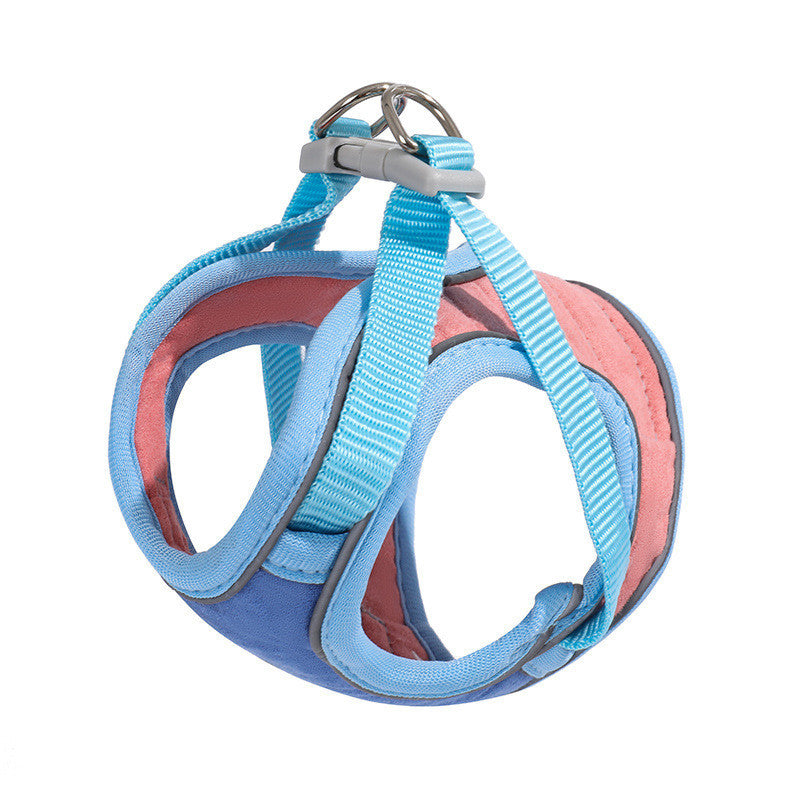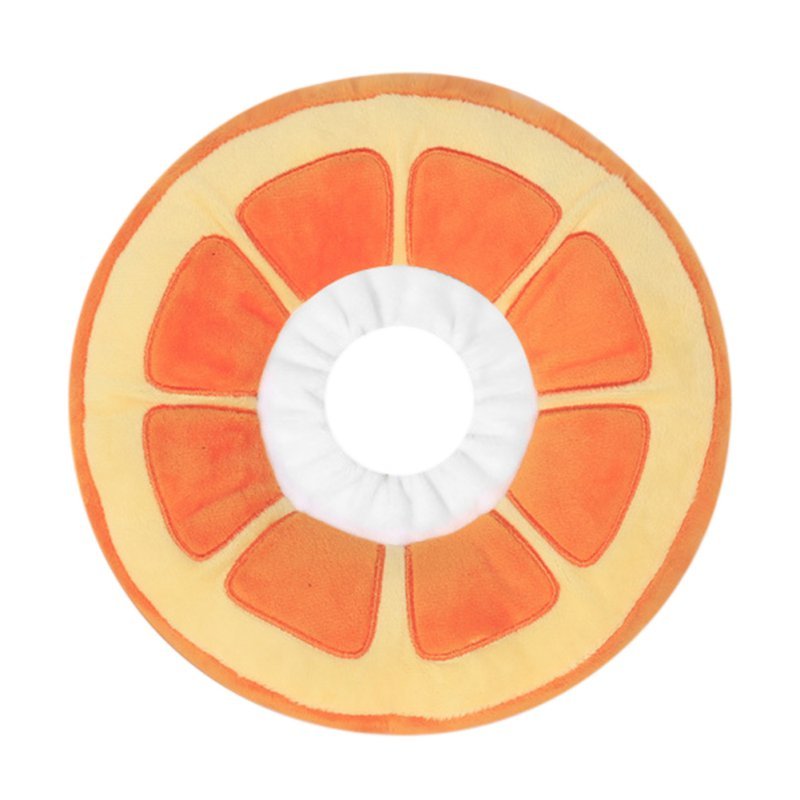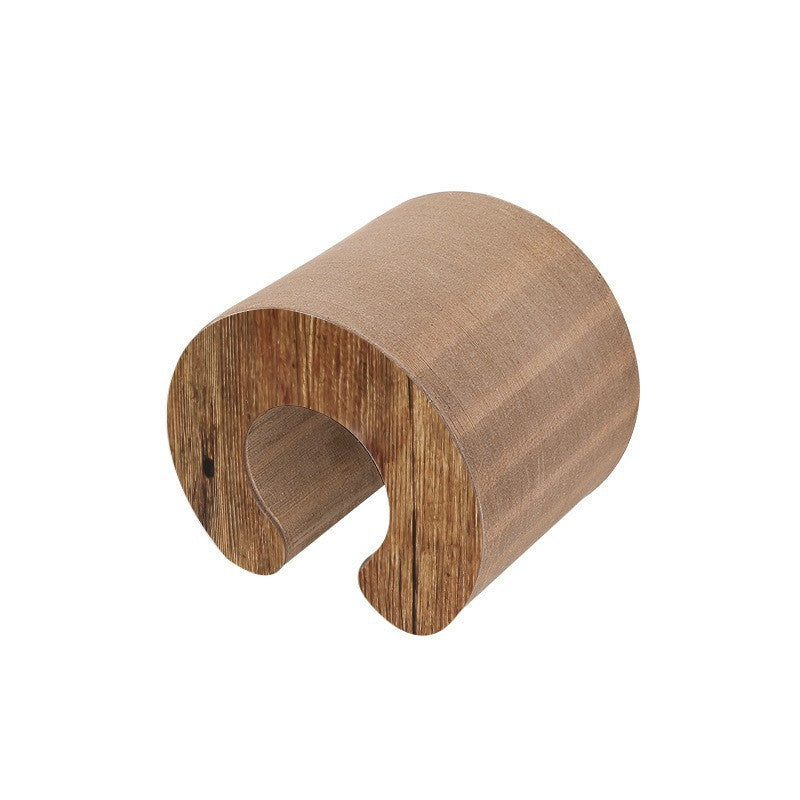The Complete Guide to Choosing the Perfect Cat Carrier
Because comfort, safety, and style matter.Every cat owner knows the scenario: it's time for a vet visit, a weekend trip, or perhaps a house move, and suddenly your usually composed feline transforms into a master escape artist at the mere sight of their carrier. The truth is, the right cat carrier can make all the difference between a stressful journey filled with yowling and scratching, and a smooth ride where your furry companion travels in comfort and security.
But with the overwhelming array of options available: soft-sided carriers, hard-shell cases, trendy backpacks, and top-loading designs, choosing the perfect carrier can feel like navigating a maze. Each type serves different purposes, and what works brilliantly for your neighbour's placid Persian might be completely unsuitable for your adventurous tabby.
The stakes are higher than you might think. A poorly chosen carrier doesn't just make travel unpleasant; it can compromise your cat's safety, increase their stress levels, and turn routine trips into traumatic experiences that create lasting anxiety around travel. On the flip side, the right carrier becomes a safe haven; a familiar, secure space that your cat actually enjoys spending time in.
Let's break down the key features, materials, and must-have specifications to help you pick the purr-fect carrier for your feline friend, ensuring every journey is as stress-free as possible for both of you.
Understanding the Different Types of Cat Carriers
Hard-Shell Carriers: The Gold Standard for Safety
Hard-shell carriers, typically made from durable plastic or fibreglass, represent the fortress option in cat transportation. These robust carriers excel in situations where maximum protection is paramount. Think car journeys, where your cat needs protection from potential impact, or visits to busy veterinary clinics where other animals might be present.The construction of hard-shell carriers means they maintain their shape under pressure, won't collapse if something heavy is placed on top, and provide excellent protection against the elements. Many feature secure locking mechanisms that even the most determined Houdini cat can't manipulate, and their smooth surfaces make them incredibly easy to sanitise, crucial for multi-pet households or after illness.
However, their durability comes with trade-offs. These carriers are considerably heavier and bulkier than their soft counterparts, making them less ideal for extended carrying or air travel where weight restrictions apply. They also require more storage space and can't be collapsed when not in use.
Best for: Car travel, nervous cats who need maximum security, visits to the vet, multi-pet households
Soft-Sided Carriers: Flexibility Meets Functionality
Soft-sided carriers have revolutionised cat travel with their lightweight, collapsible design. Constructed from durable fabrics like nylon or polyester with mesh ventilation panels, these carriers offer the perfect balance of comfort and convenience for many travel scenarios.Their greatest advantage lies in their adaptability. Most fold flat for storage, weigh significantly less than hard carriers, and often squeeze into spaces where rigid carriers won't fit, making them ideal for air travel cabin storage or cramped car boots. The fabric construction also provides a cosier, den-like environment that many cats find less intimidating than the clinical appearance of plastic carriers.
The mesh panels in quality soft carriers provide superior ventilation and allow your cat to observe their surroundings, reducing anxiety during travel. Many feature multiple pockets for storing treats, toys, and documentation, transforming them into complete travel systems.
However, they offer less protection in accidents and determined cats may be able to claw through fabric over time. They're also more challenging to clean thoroughly, particularly if accidents occur during travel.
Best for: Air travel, cats comfortable with soft spaces, storage-conscious owners, shorter journeys
Backpack Carriers: Adventure-Ready Design
The newest addition to the carrier family, backpack carriers cater to the growing number of adventure cats and their humans. These innovative designs distribute weight evenly across your shoulders, leaving your hands free for other activities while keeping your feline secure and comfortable.Modern backpack carriers feature panoramic bubble windows or extensive mesh panels that allow cats to observe their surroundings. Many cats actually prefer this elevated vantage point to ground-level carriers. The hands-free design makes them perfect for hiking, travelling through crowded areas, or navigating stairs and escalators.
Quality backpack carriers include features like padded shoulder straps, chest and waist belts for stability, and multiple ventilation points to ensure your cat stays cool during active adventures. Some even include removable interior pods that can function as standalone carriers.
The limitations are primarily related to duration and cat size. Extended wear can become uncomfortable for the human carrier, and most backpack designs have weight limits that exclude larger cats. They're also not suitable for car travel or situations requiring quick, easy access to your pet.
Best for: Adventure cats, urban travel, hands-free transportation, cats under 7kg
Top-Loading Carriers: Stress-Free Entry
Top-loading carriers address one of the most challenging aspects of cat travel: getting your feline into the carrier in the first place. Rather than trying to coax or push a reluctant cat through a front door, top-loading designs allow you to gently lower your pet from above, a much less threatening approach for anxious cats.This design proves particularly valuable for nervous cats, elderly felines with mobility issues, or situations where quick, gentle placement is essential. The top-opening also makes it easier to provide comfort during travel, allowing you to reach in and reassure your pet without fully opening the carrier.
Many top-loading carriers feature dual entry points, combining the benefits of top access with front-door convenience. The downside is that these carriers can be less stable in moving vehicles, as the top opening potentially creates a weaker structural point.
Best for: Anxious cats, elderly or mobility-impaired cats, quick vet visits, cats who hide when they see a carrier
Essential Features Every Quality Carrier Should Have
Ventilation: Your Cat's Lifeline
Proper airflow isn't just about comfort. It's a safety essential. Quality carriers feature mesh panels on at least two sides, creating cross-ventilation that prevents heat buildup and allows fresh air circulation. Look for carriers with mesh that's fine enough to prevent paws from getting caught but large enough to ensure adequate airflow.The placement of ventilation panels matters too. Side panels allow cats to see out and feel less claustrophobic, while top vents prevent heat from building up in the upper portion of the carrier. Some premium carriers include adjustable vents that can be partially closed in windy conditions while maintaining essential airflow.
Security: Keeping Escape Artists Contained
A secure carrier protects both your cat and others around them. Look for sturdy zippers with locking mechanisms. Many cats quickly learn to manipulate simple zip pulls. The best carriers feature dual zippers that meet at a locking point or additional clips that prevent the zippers from being pushed apart.Pay attention to seam construction and stress points. Quality carriers reinforce areas where zippers attach and where handles connect to the main body. The mesh should be securely attached around all edges, as cats often focus their escape attempts on these potentially weaker points.
Comfort Features: Making the Journey Pleasant
A comfortable cat is a calmer cat. Look for carriers with padded, removable bedding that can be washed separately. Non-slip bases prevent sliding during car travel, whilst interior space should allow your cat to stand, turn around, and lie down comfortably without being overly spacious (which can cause sliding during transport).Consider carriers with internal tethering points if your cat wears a harness. This provides additional security whilst allowing some movement. However, never leave a cat unattended whilst tethered, as this poses strangulation risks.
Cleaning and Maintenance
Cat travel sometimes involves accidents, and carriers that are difficult to clean quickly become unhygienic and odorous. The best carriers feature completely removable, machine-washable linings and smooth surfaces that can be wiped down with pet-safe disinfectants.Hard carriers should have minimal crevices where bacteria can hide, whilst soft carriers benefit from water-resistant treatments that prevent accidents from soaking through to the carrier structure.
Sizing: Getting the Measurements Right
Proper sizing is crucial for both safety and comfort. Your cat should be able to stand up without their head touching the top, turn around easily, and lie down in their natural sleeping position. However, excessive space can cause sliding during transport, potentially causing injury.For air travel, carriers must fit under the seat in front of you, which varies by airline and aircraft type. Check specific dimensions with your airline before purchasing. Jetstar, Qantas, and Virgin Australia all have different requirements.
As a general rule, measure your cat from nose to tail base and add 10-15cm for length, and measure from floor to top of head whilst standing and add 5-10cm for height. Weight capacity should exceed your cat's weight by at least 20% to account for the additional stress placed on carriers during travel.
Special Considerations for Australian Travel
Climate Considerations
Australia's diverse climate zones require different carrier considerations. In tropical areas like Darwin or Cairns, maximum ventilation becomes crucial, whilst cooler regions might benefit from carriers that provide more wind protection. UV-resistant materials matter for carriers that might sit in cars or be used for outdoor adventures.Transport Regulations
Public transport rules vary between states and transport operators. In major cities, cats in secure carriers are generally permitted on trains, buses, and ferries, but restrictions apply during peak hours in some locations. Always check with your local transport authority before travelling.For air travel within Australia, domestic airlines have specific requirements for cabin pet travel. Most airlines require carriers to fit under the seat (typically around 48cm x 34cm x 23cm), whilst pets and carriers combined usually cannot exceed 7-8kg.
Distance Considerations
Australia's vast distances mean longer travel times are common. For journeys exceeding four hours, consider carriers with feeding ports or removable water dishes. Interstate moves might require overnight stops, making carrier comfort and familiarity even more important.Making the Right Choice for Your Cat's Personality
The Anxious Cat
Nervous cats benefit from carriers that feel secure and enclosed. Hard-shell carriers with limited visibility or soft carriers with removable covers can help anxious cats feel protected. Top-loading designs reduce the stress of entry, whilst carriers that can accommodate familiar bedding help provide comfort through scent.The Social Butterfly
Confident, curious cats often prefer carriers with extensive visibility. Mesh panels, clear sides, or backpack carriers with bubble windows allow these cats to observe their environment and feel engaged rather than trapped.The Escape Artist
Some cats view carriers as puzzles to solve. These determined felines need carriers with multiple security features: locking zippers, reinforced seams, and perhaps even carabiner clips for additional security. Hard-shell carriers often prove most secure for persistent escape artists.Maintenance and Longevity
A quality carrier represents a significant investment that should last for years. Regular maintenance includes checking zippers for smooth operation, inspecting mesh for tears or loose edges, and ensuring handles and straps remain securely attached.Clean carriers after each use, even if no accidents occur. Cats have sensitive noses, and lingering odours from previous trips can increase stress levels. Store carriers in clean, dry locations, and consider leaving them accessible with comfortable bedding so your cat can use them as regular resting spots. This familiarity reduces travel stress significantly.
Your Cat's Comfort is Worth the Investment
A good carrier isn't just a box with a handle. It's a mobile safe haven that can transform travel from a traumatic experience into a manageable, even pleasant journey. The right carrier provides security when your cat feels vulnerable, comfort during long journeys, and peace of mind for you knowing your beloved companion is safe and protected.Whether you choose the robust security of a hard-shell design, the versatility of a soft-sided option, the adventure-ready functionality of a backpack, or the stress-free entry of a top-loading model, the key lies in matching the carrier to your cat's personality, your travel needs, and your lifestyle.
Choose wisely, introduce the carrier properly, and every journey, from routine vet visits to cross-country relocations will be a little less stressful for both you and your feline friend.
Frequently Asked Questions
Q: Should I get a carrier with a top or front door?A: Top-entry carriers are generally calmer for anxious cats as they reduce the feeling of being trapped or cornered during loading. Front-entry carriers are often easier for larger cats or when you need quick access during travel. Many premium carriers offer both options, giving you flexibility based on the situation.
Q: Can I use a dog carrier for my cat?
A: Only if it's appropriately sized and designed with cat-specific security features. Cats are more agile escape artists than dogs and can squeeze through surprisingly small gaps. Dog carriers often have larger mesh openings or less secure closures that might not contain a determined cat. Additionally, ensure the proportions suit feline body shapes and movement patterns.
Q: How do I get my cat used to the carrier?
A: Gradual desensitisation is key. Leave the carrier out permanently with the door open, place favourite treats, toys, and familiar bedding inside. Feed meals near or inside the carrier. Never force your cat in or use the carrier only for unpleasant trips. Some cats take weeks to become comfortable, so start this process well before you need to travel.
Q: Are airline-approved carriers required for flights?
A: Yes, each airline has specific requirements for cabin pet travel. Check with your airline (Qantas, Virgin Australia, Jetstar) for exact size restrictions, weight limits, and safety requirements. International flights may have different standards, and some budget carriers don't allow cabin pets at all. Book pet travel when you book your ticket, as airlines limit the number of pets per flight.
Q: Can I bring a carrier on public transport in Australia?
A: Generally yes, cats in secure carriers are permitted on buses, trains, and ferries across Australia, though rules vary by state and operator. Some restrictions apply during peak hours or special events. The carrier must be secure, not block aisles or seats, and you're responsible for your pet's behaviour. Always check with your local transport authority for specific regulations, as some operators require pets to travel in the luggage area rather than passenger compartments.
Q: What size carrier do I need for air travel?
A: Most Australian domestic airlines require carriers to fit under the seat in front of you, typically around 48cm x 34cm x 23cm, though this varies by aircraft type. The combined weight of cat and carrier usually cannot exceed 7-8kg for cabin travel. Measure carefully and check with your specific airline, as requirements can change and differ between aircraft models.
Q: How often should I replace a cat carrier?
A: Quality carriers can last 10-15 years with proper care. Replace carriers if zippers fail repeatedly, mesh becomes torn, structural integrity is compromised, or if your cat's size or needs change significantly. Signs it's time for replacement include persistent odours that won't clean out, visible wear on stress points, or if the carrier no longer meets current safety standards for your travel needs.









